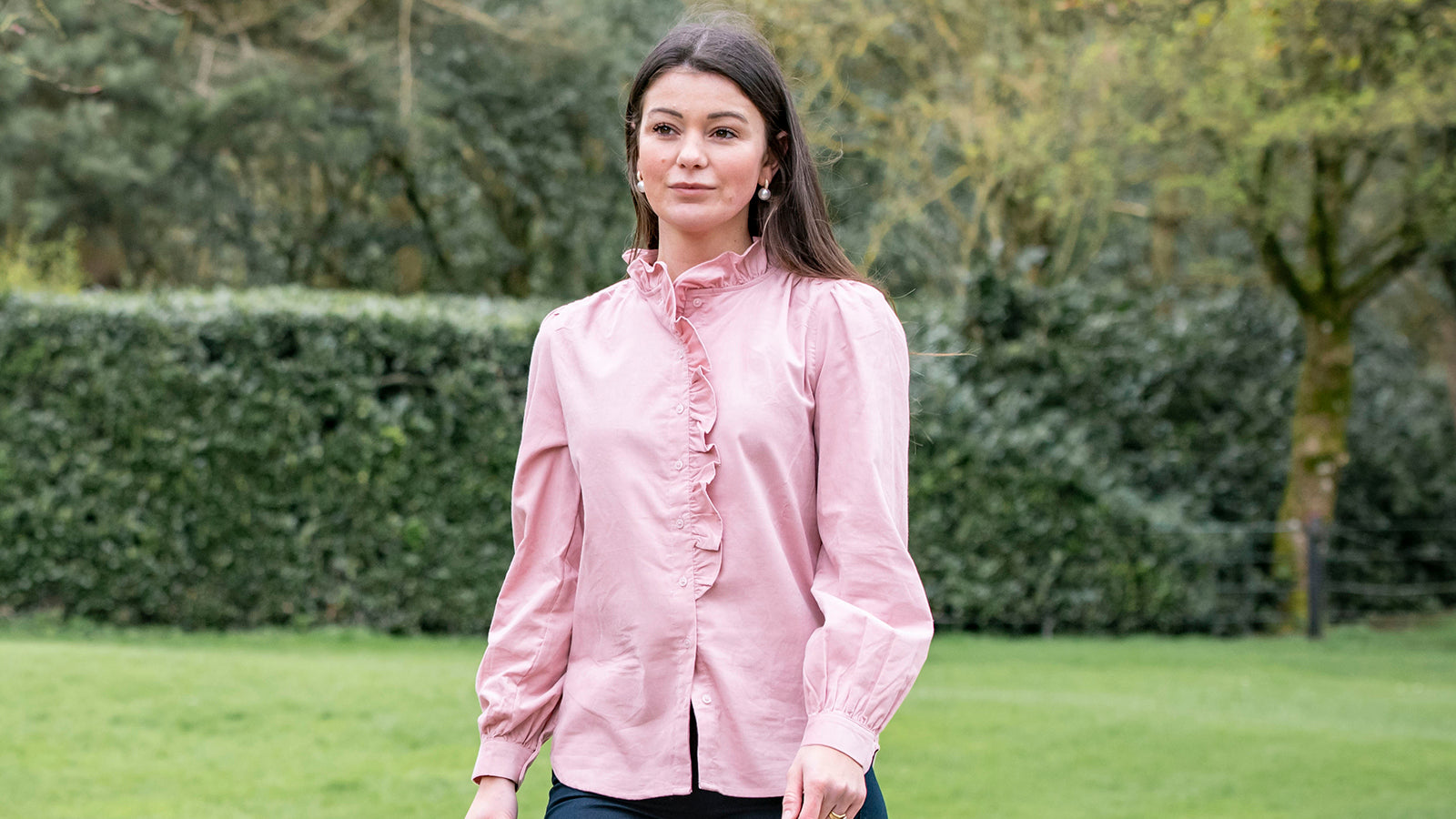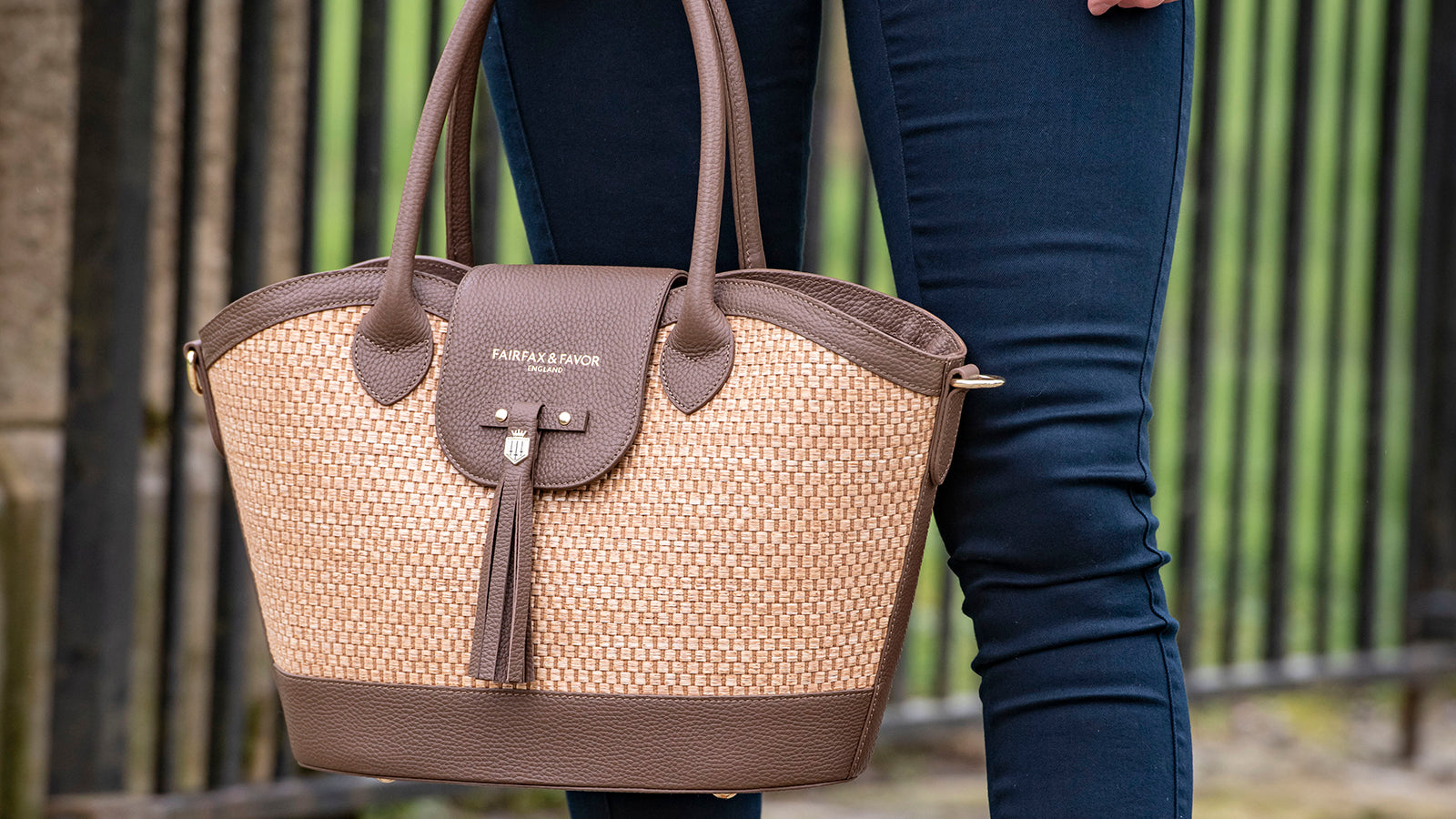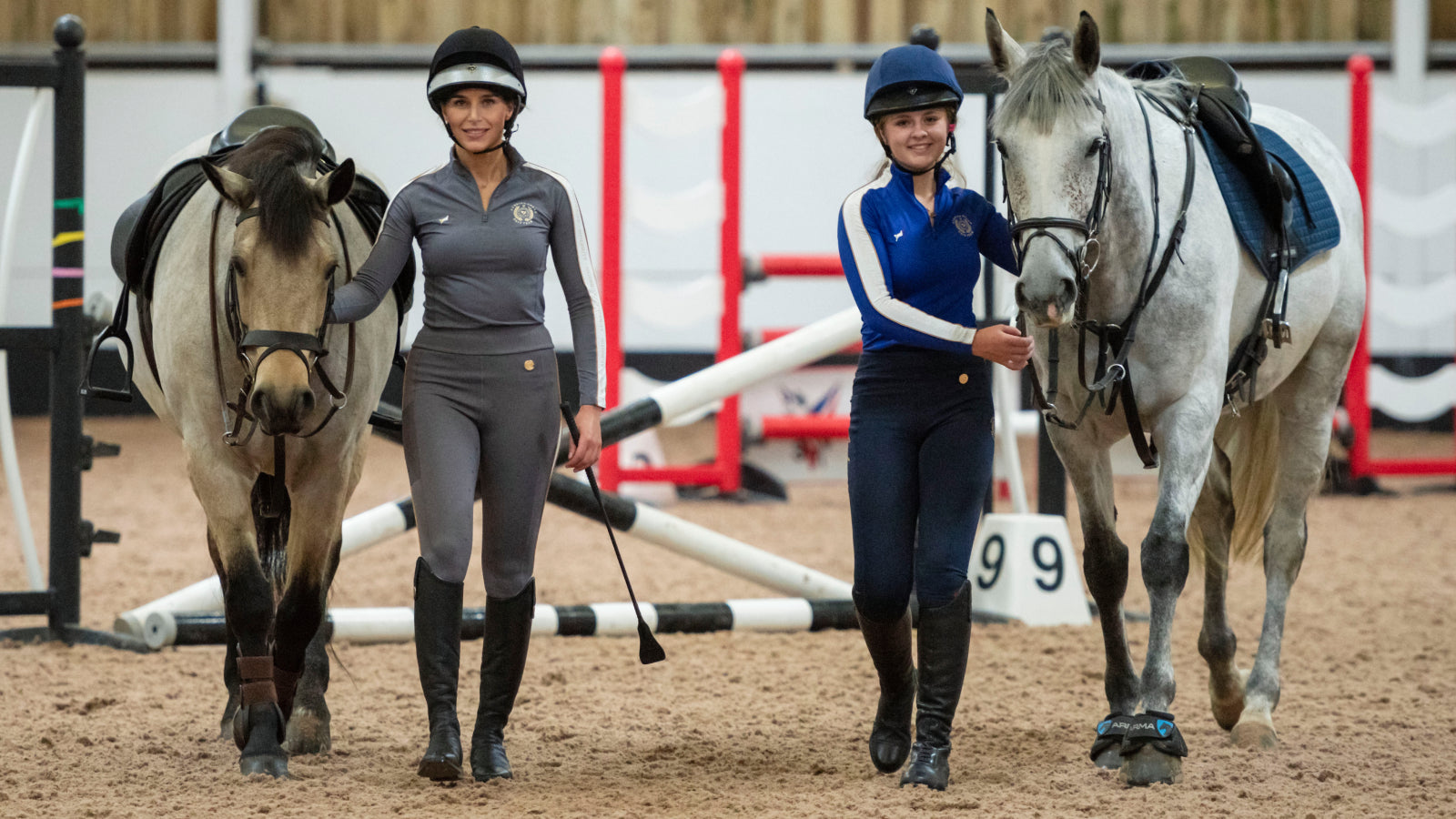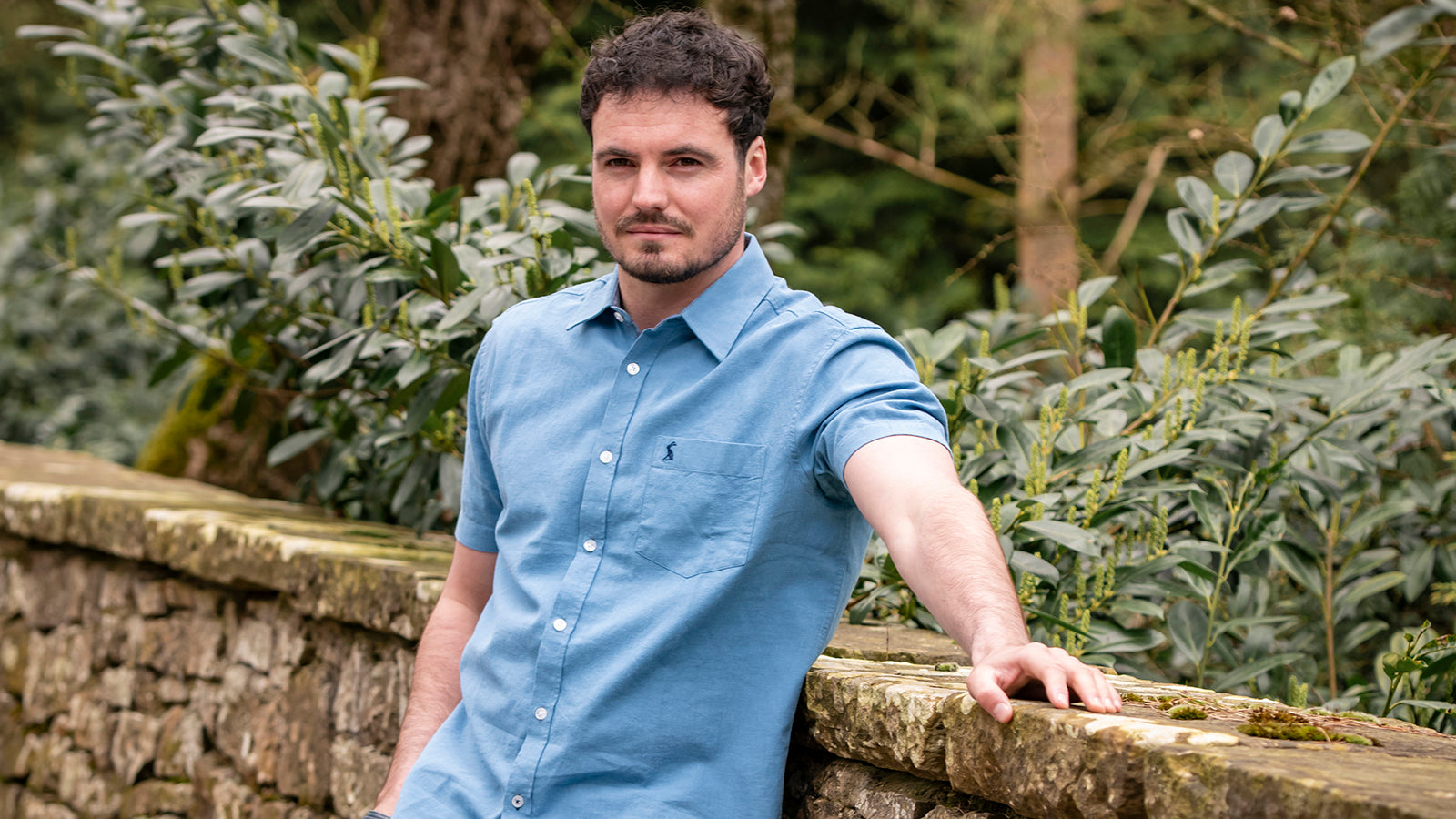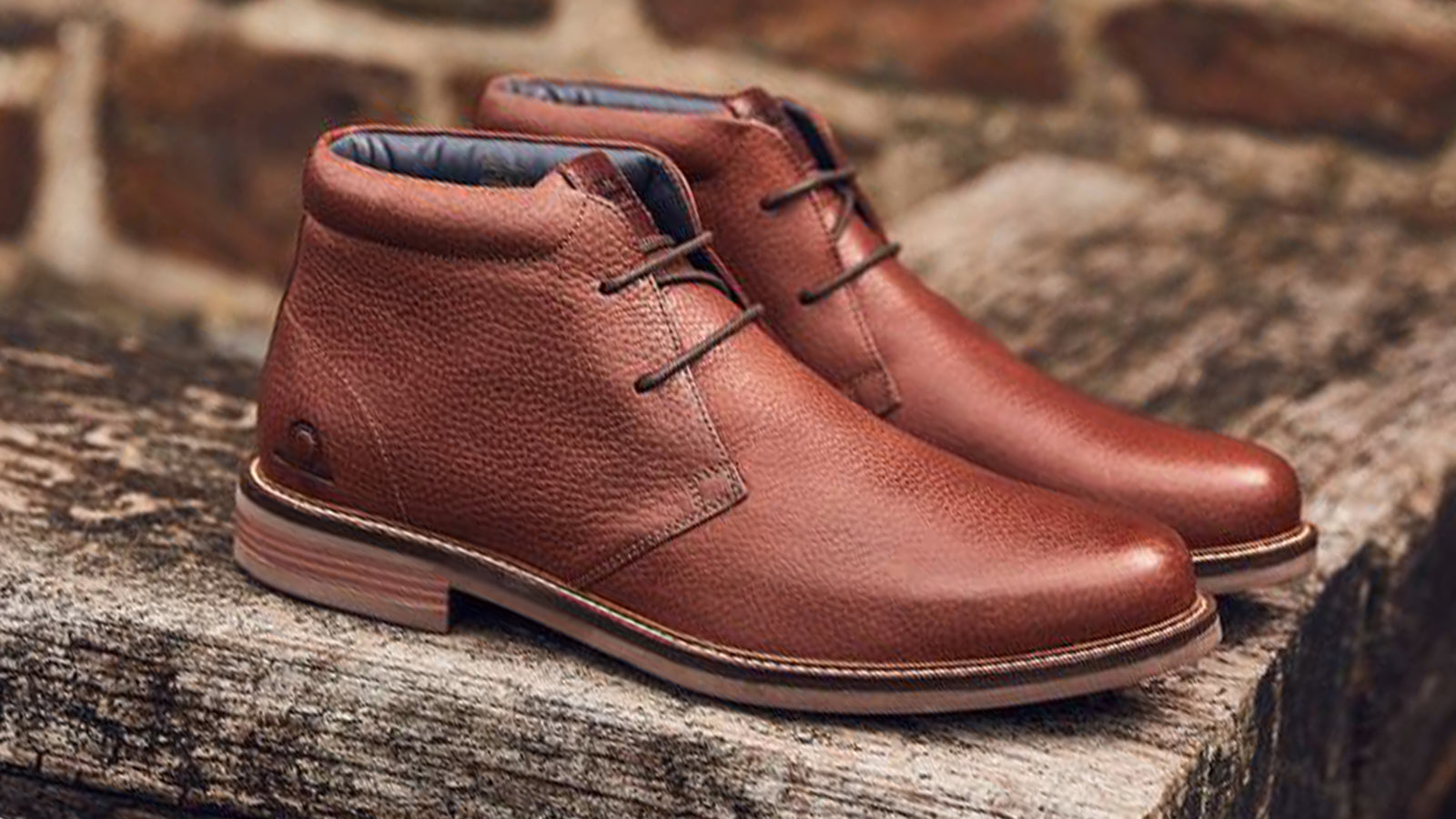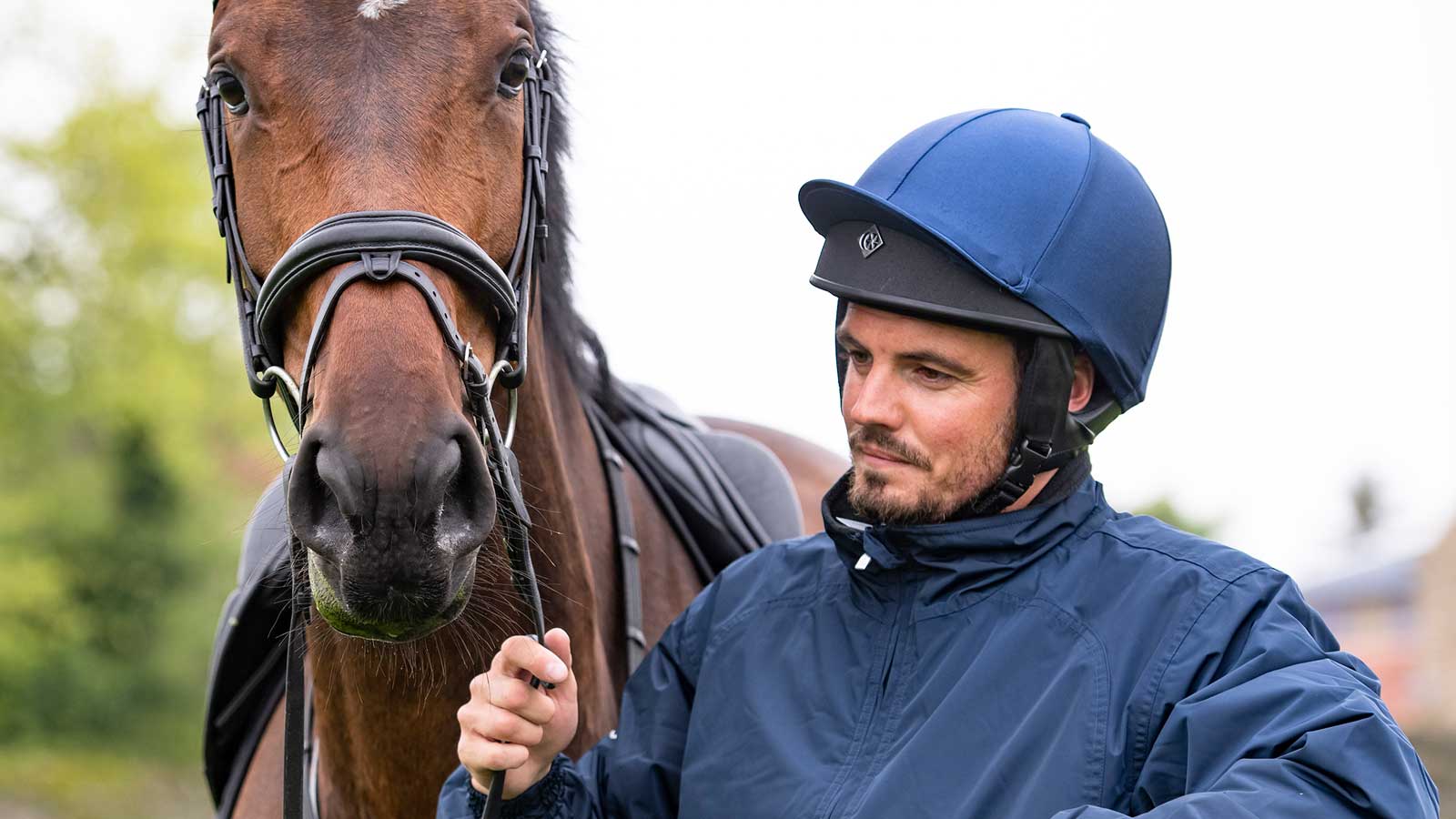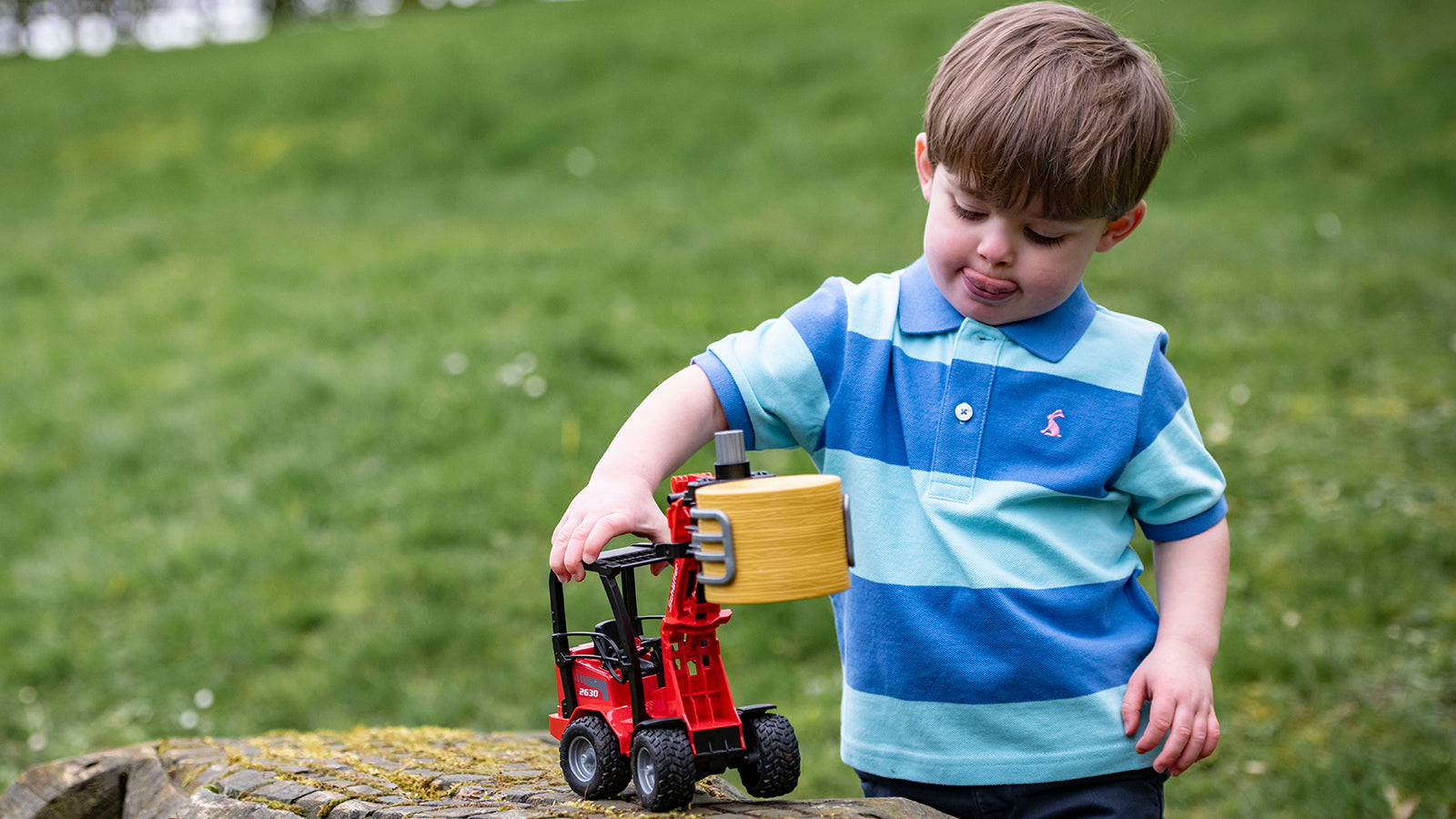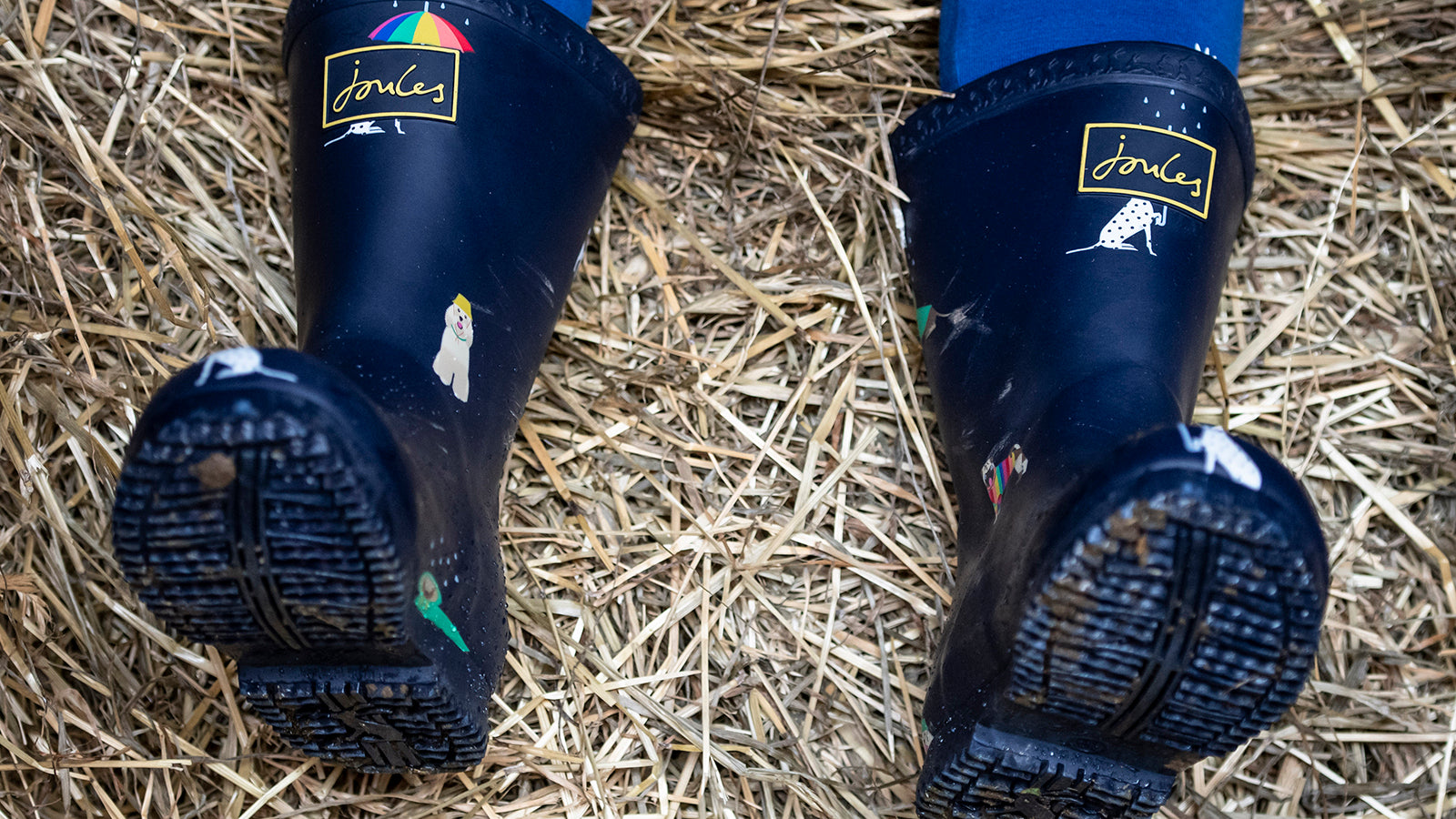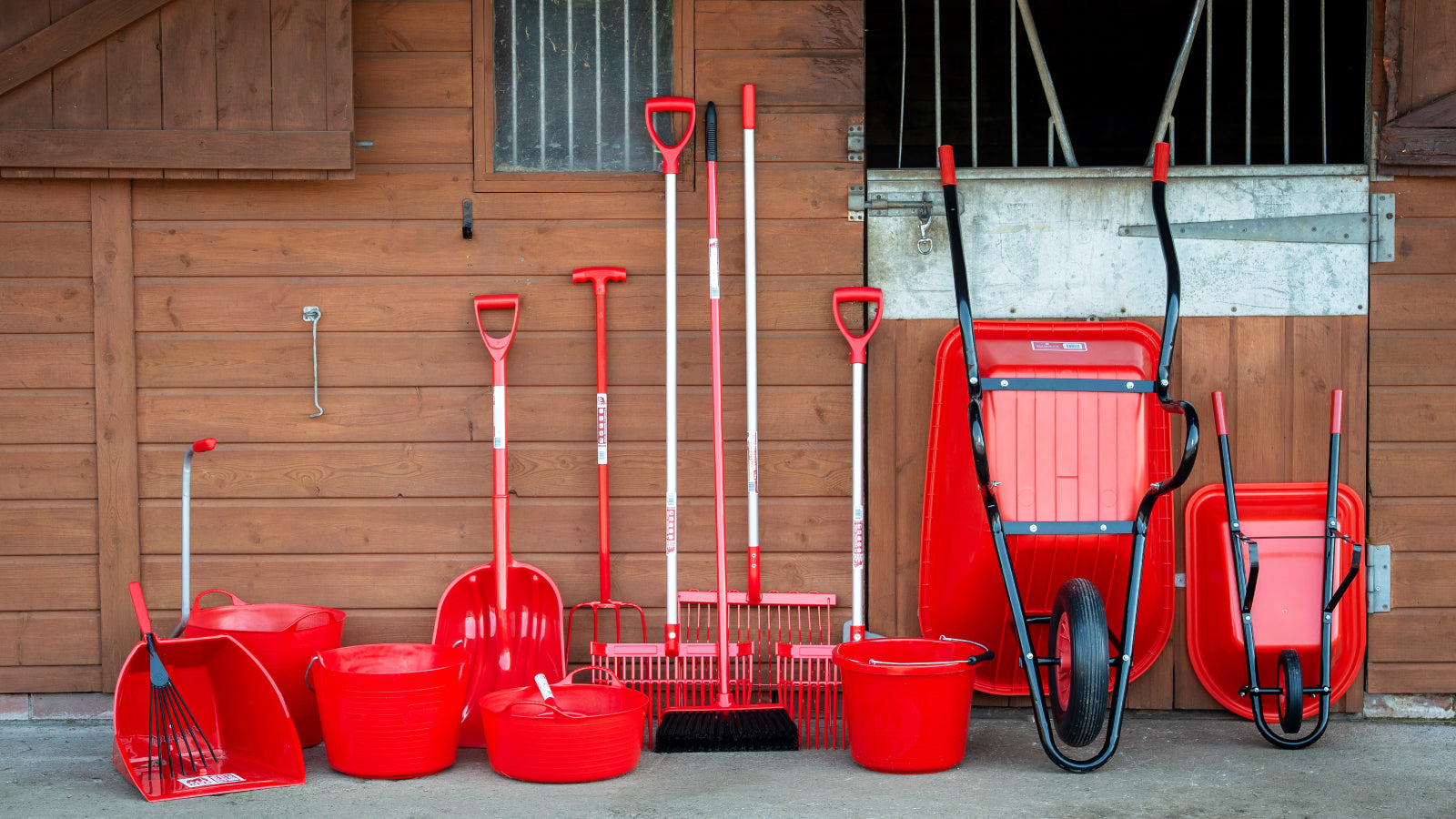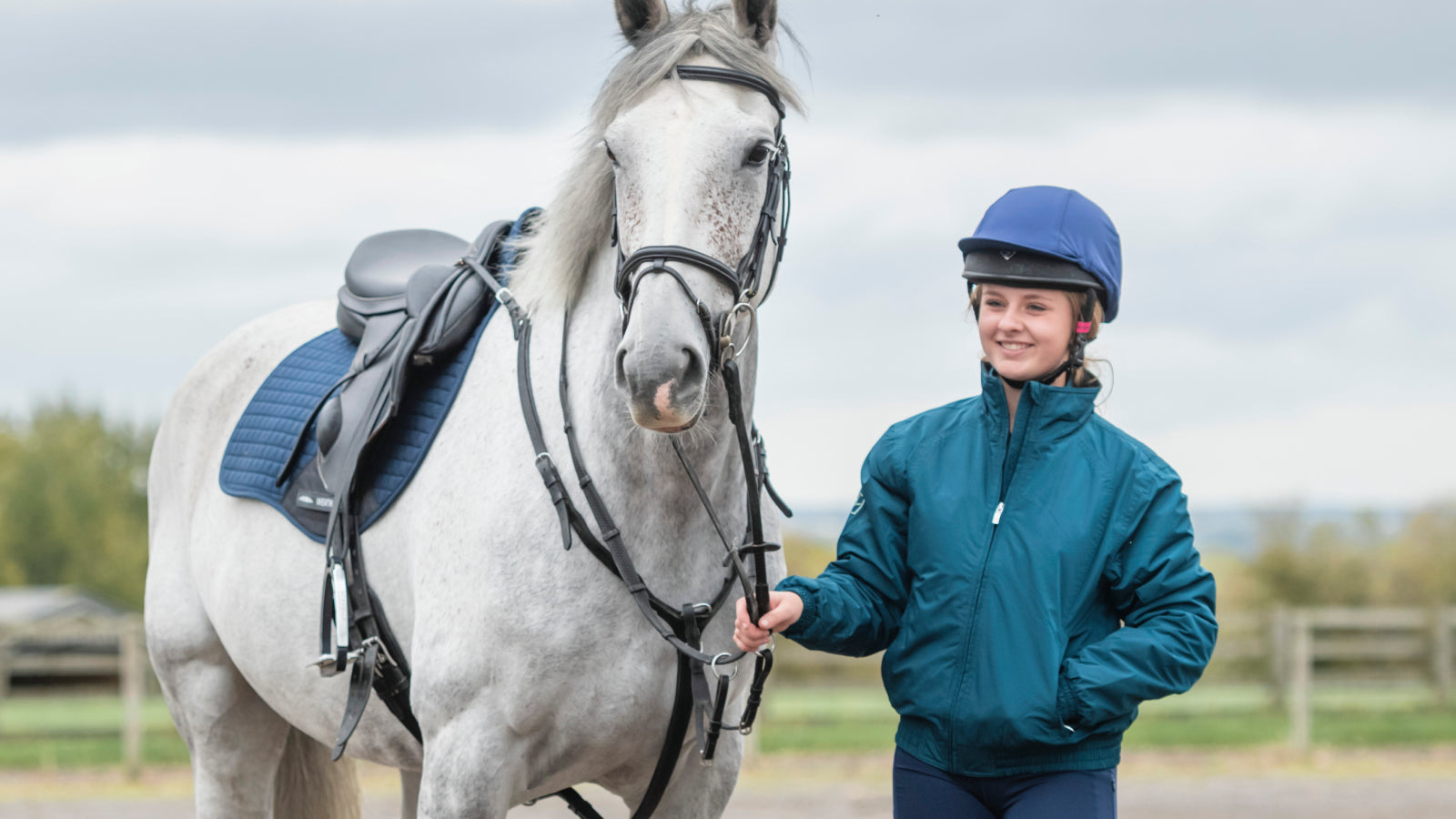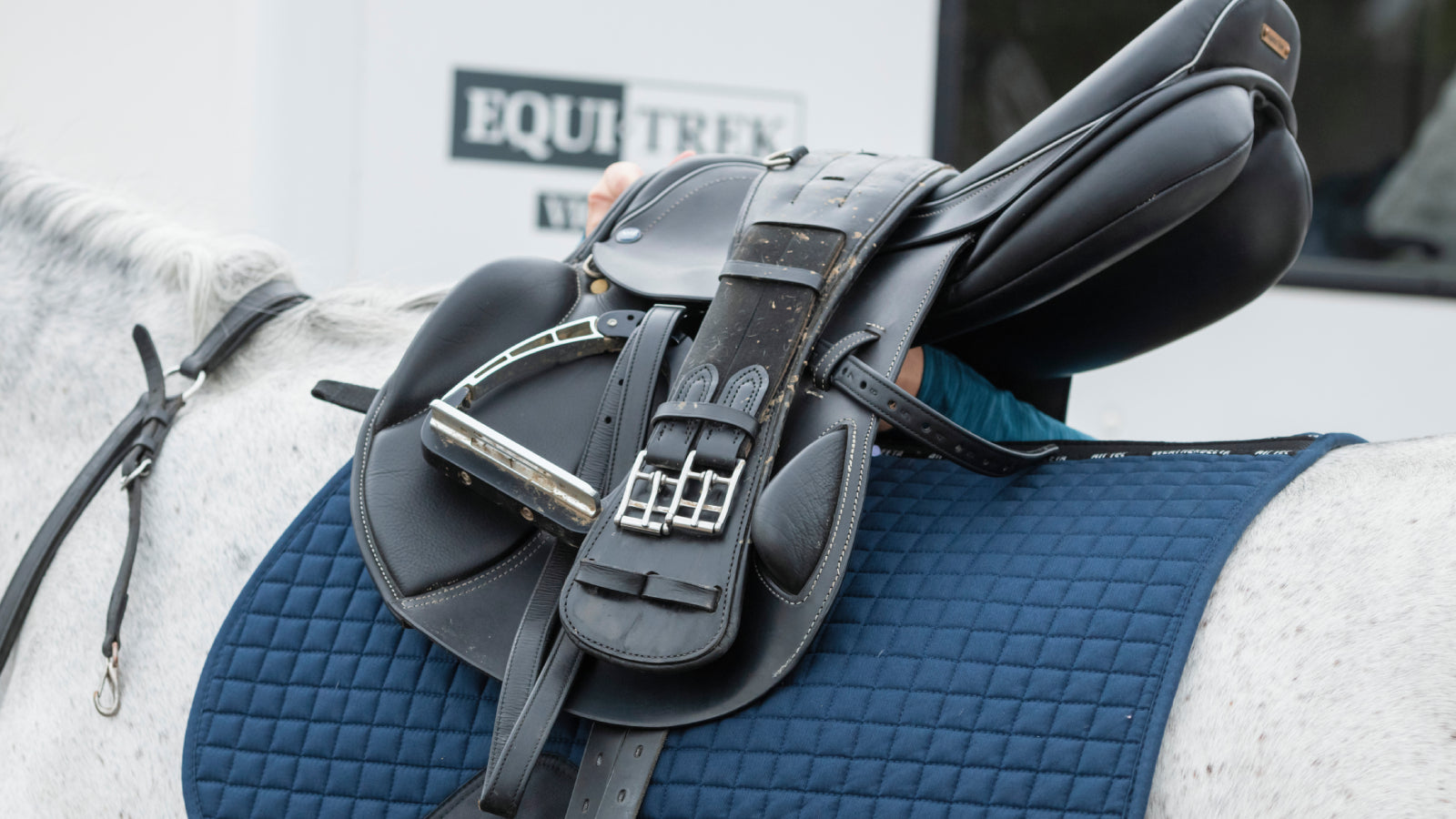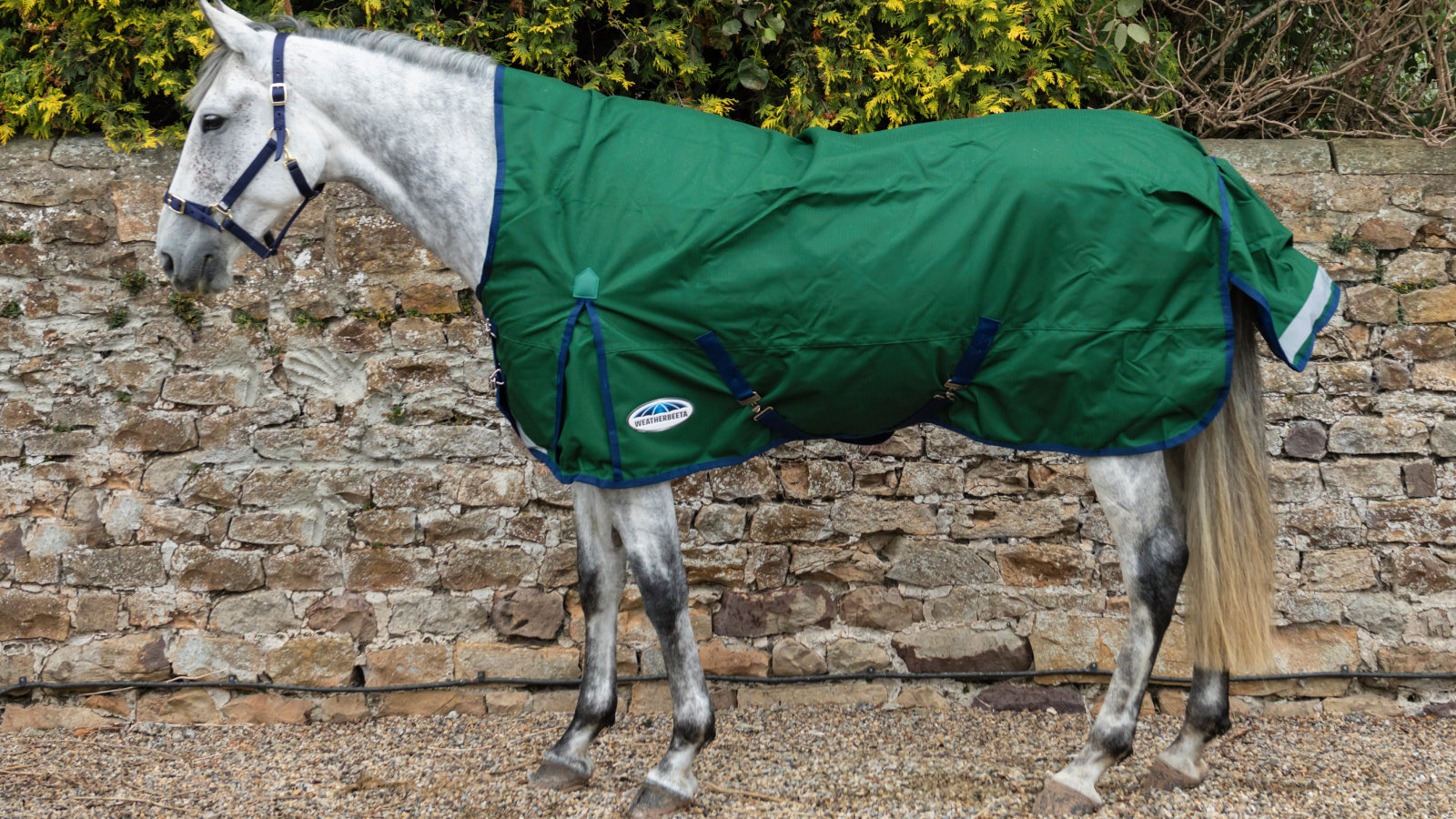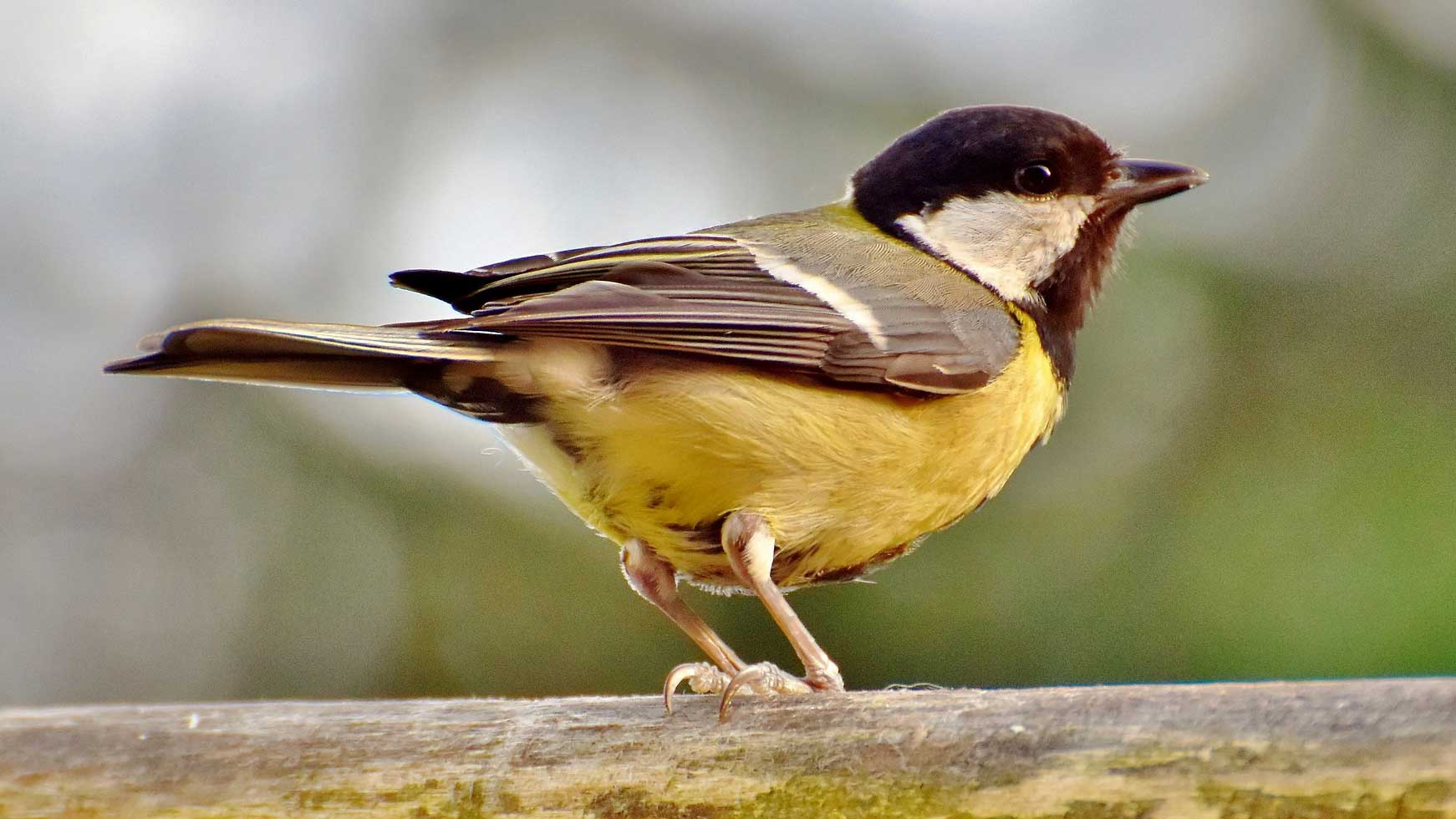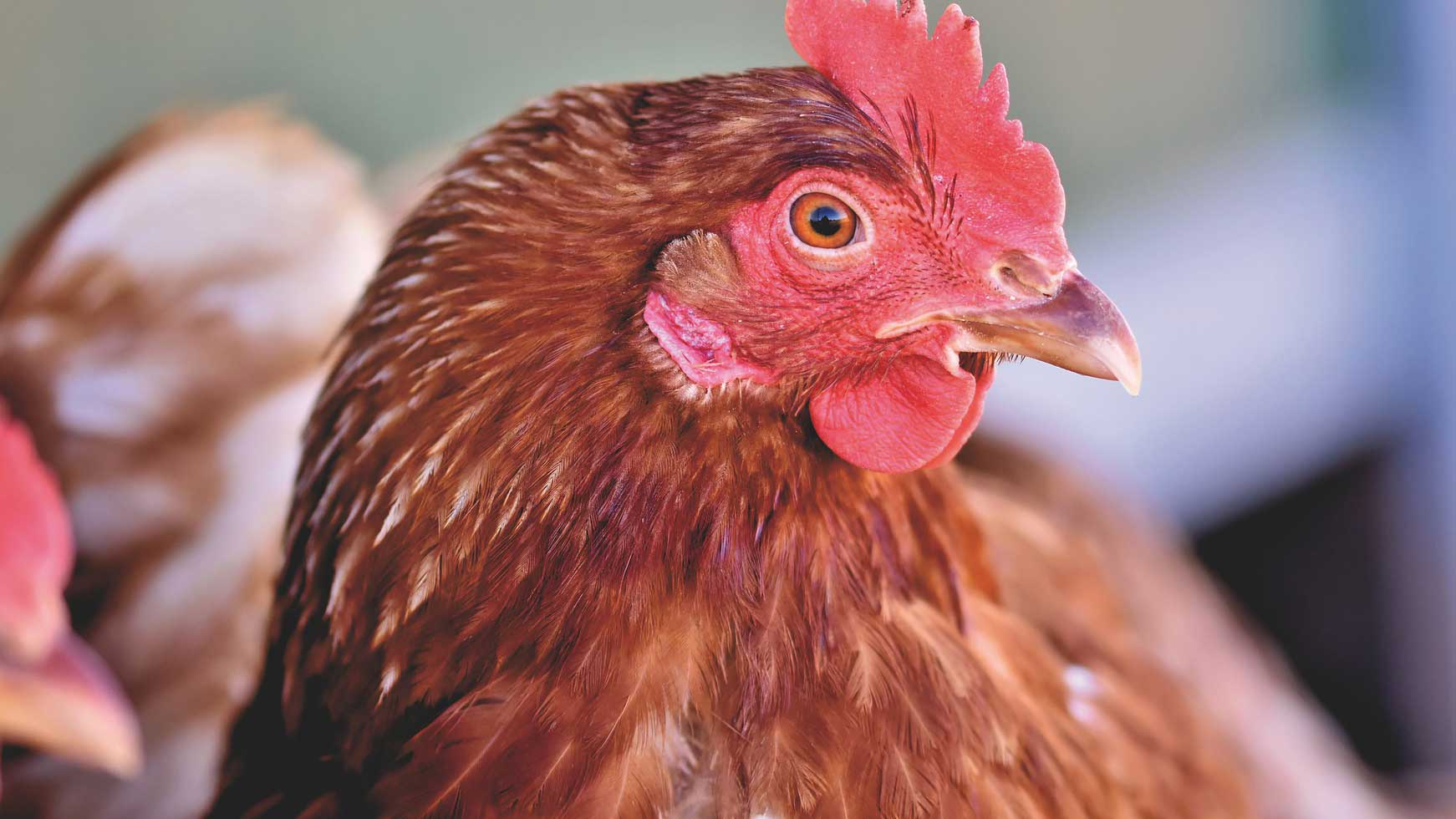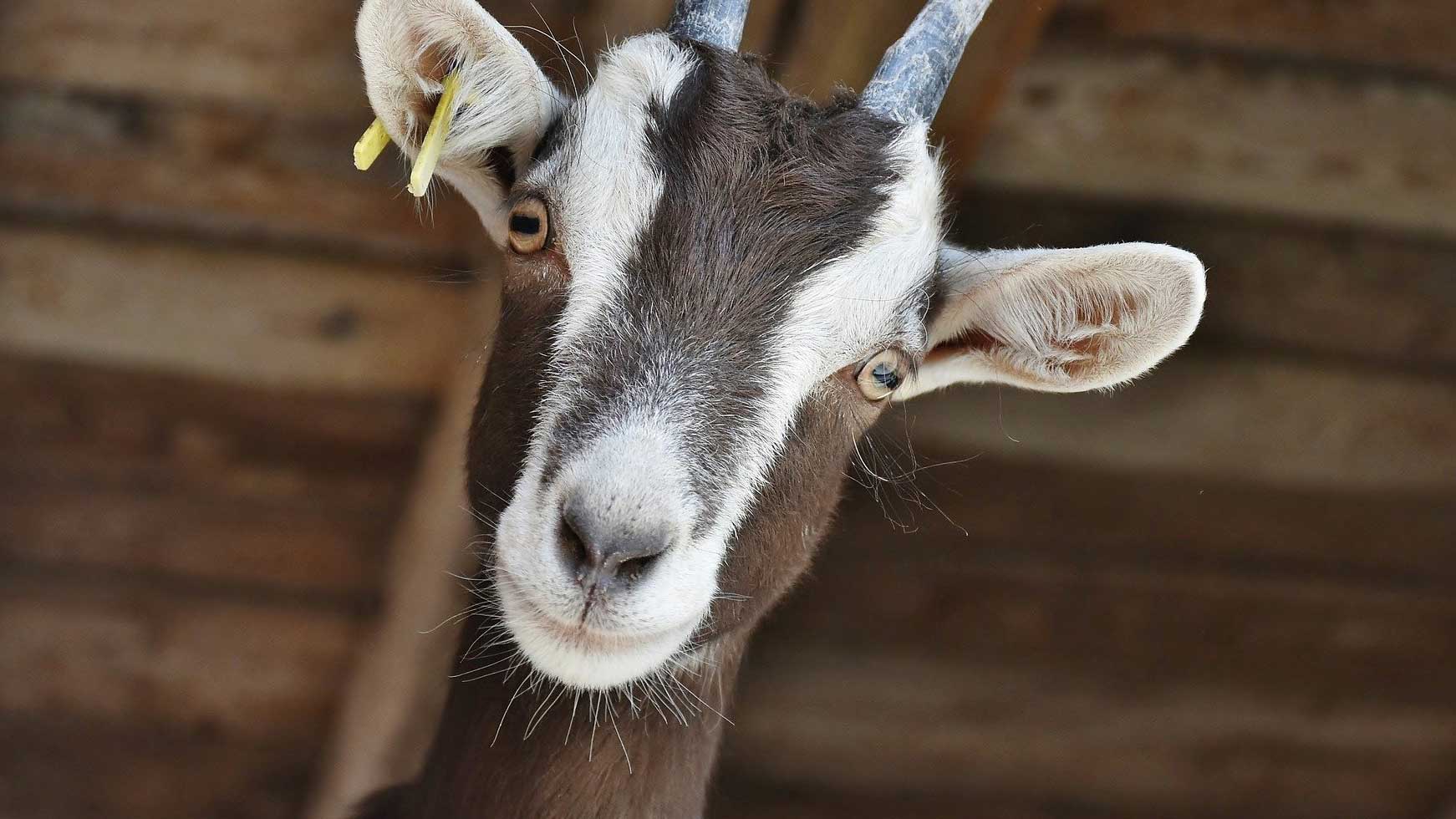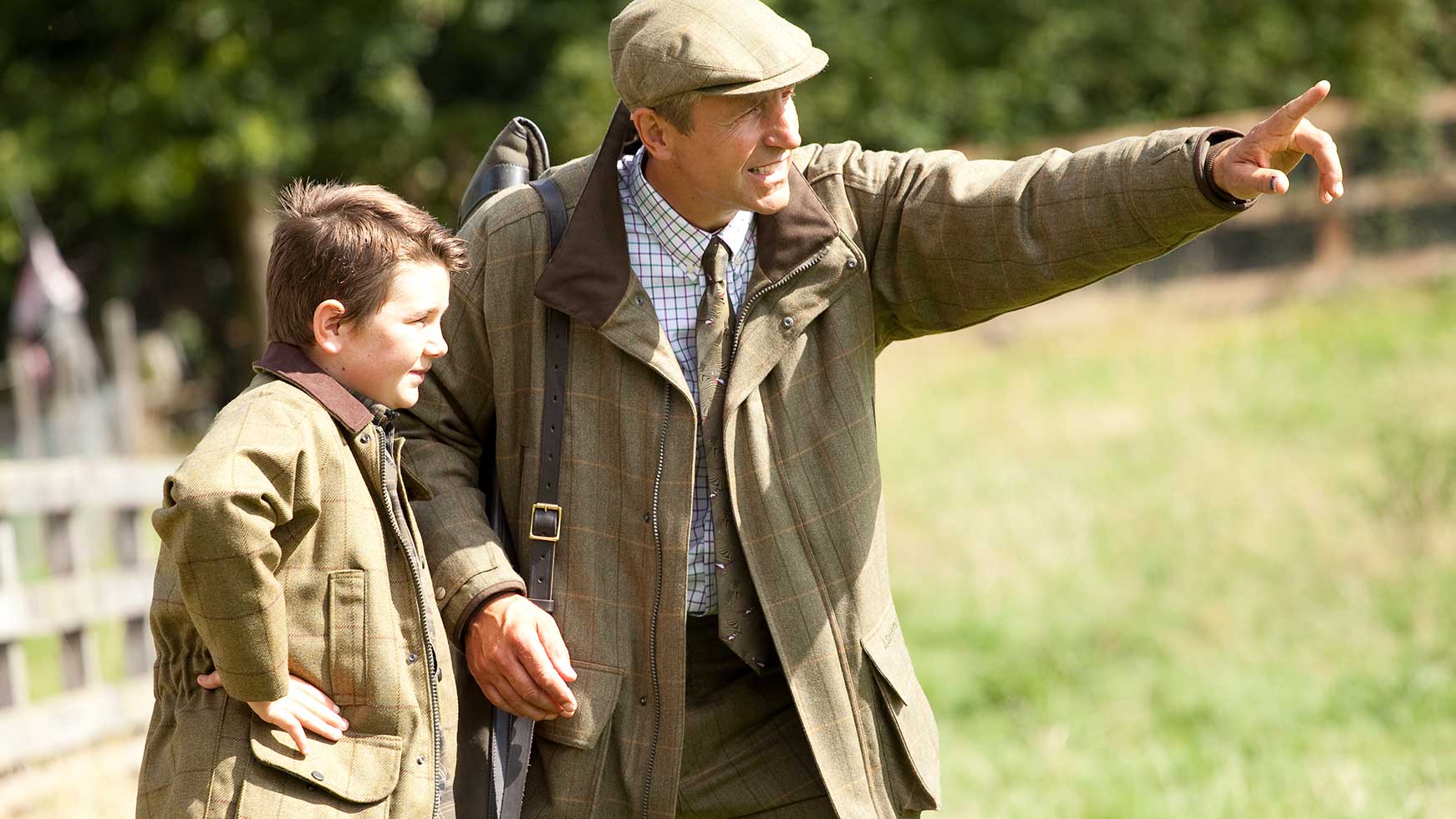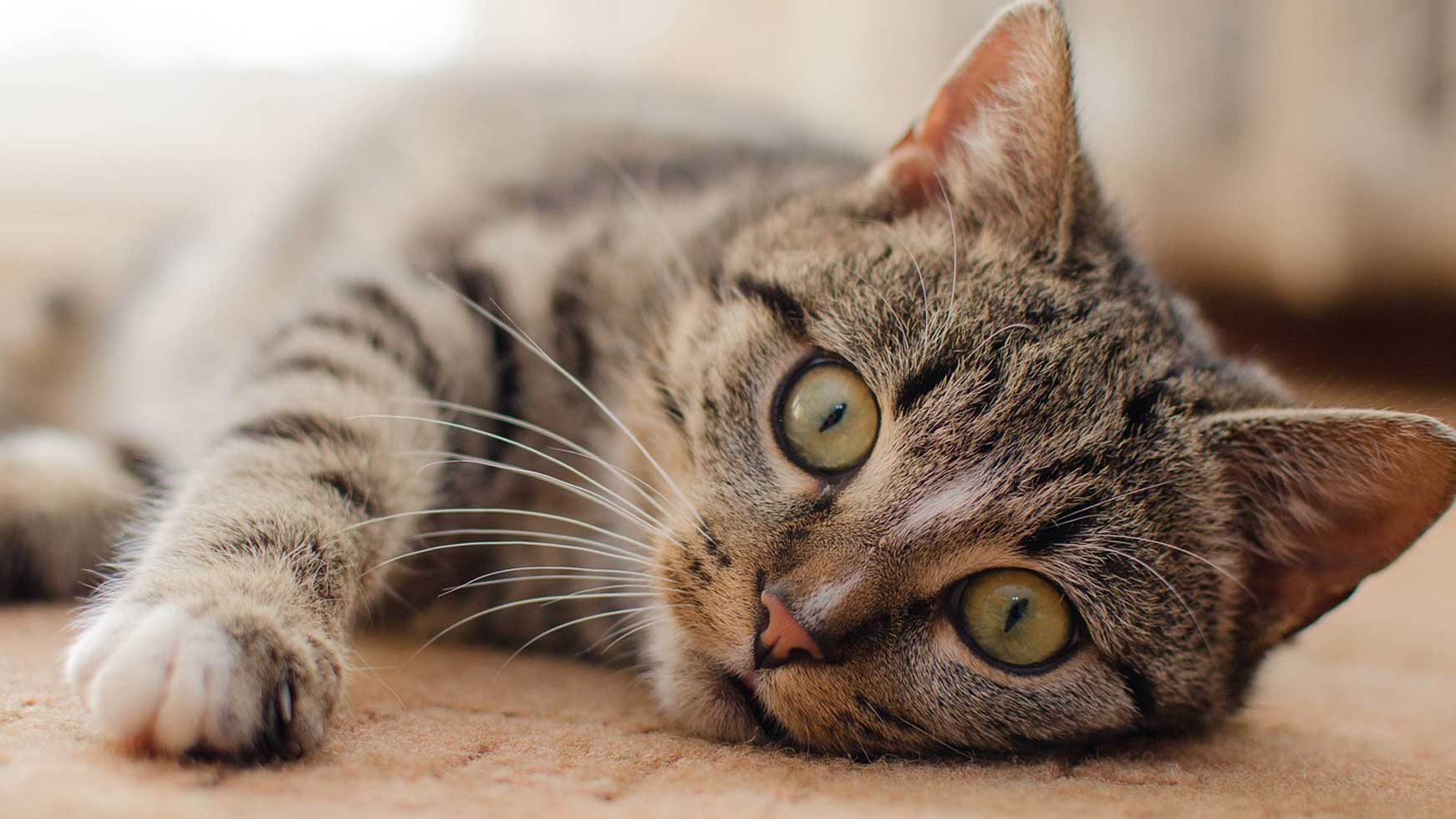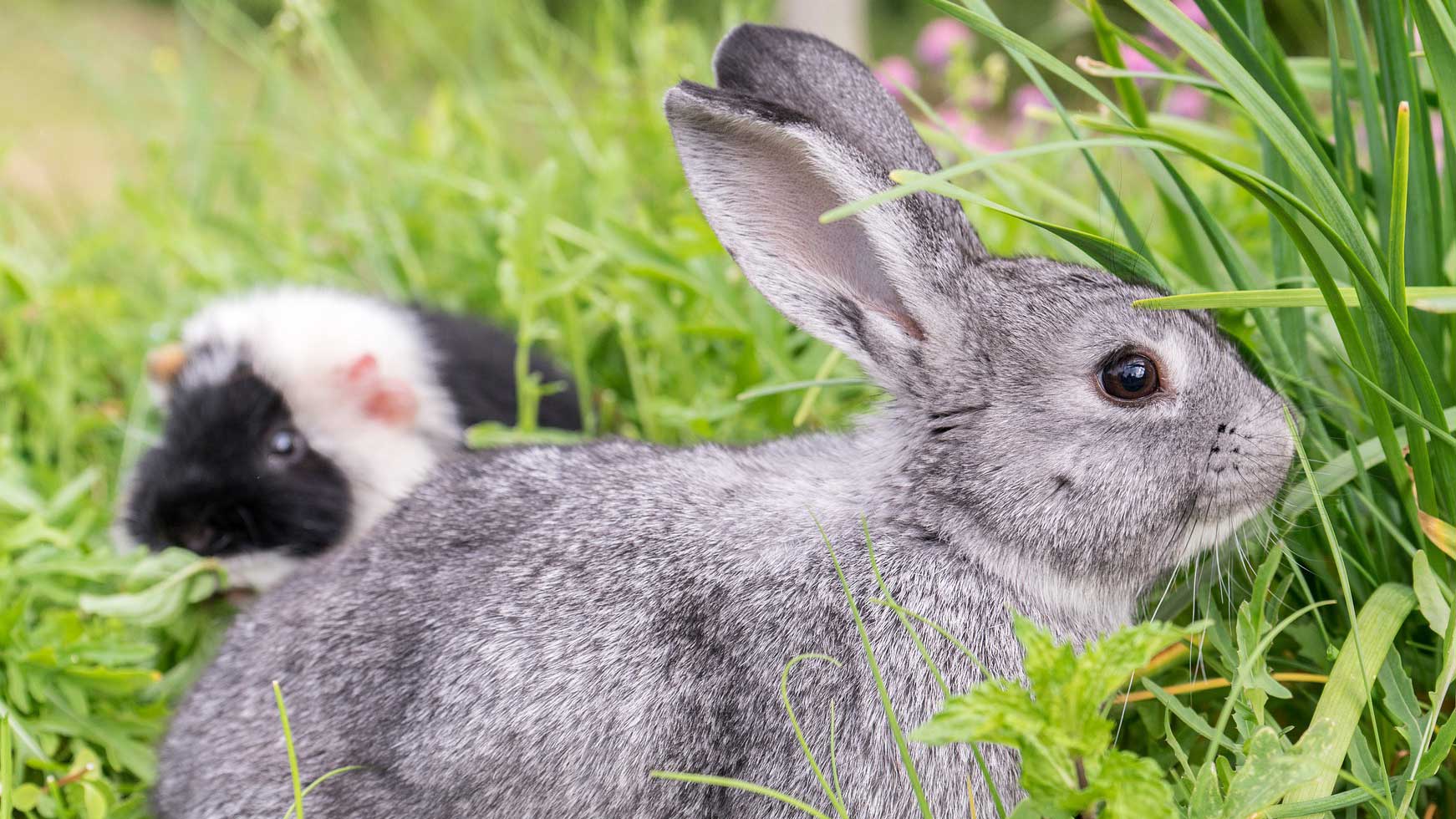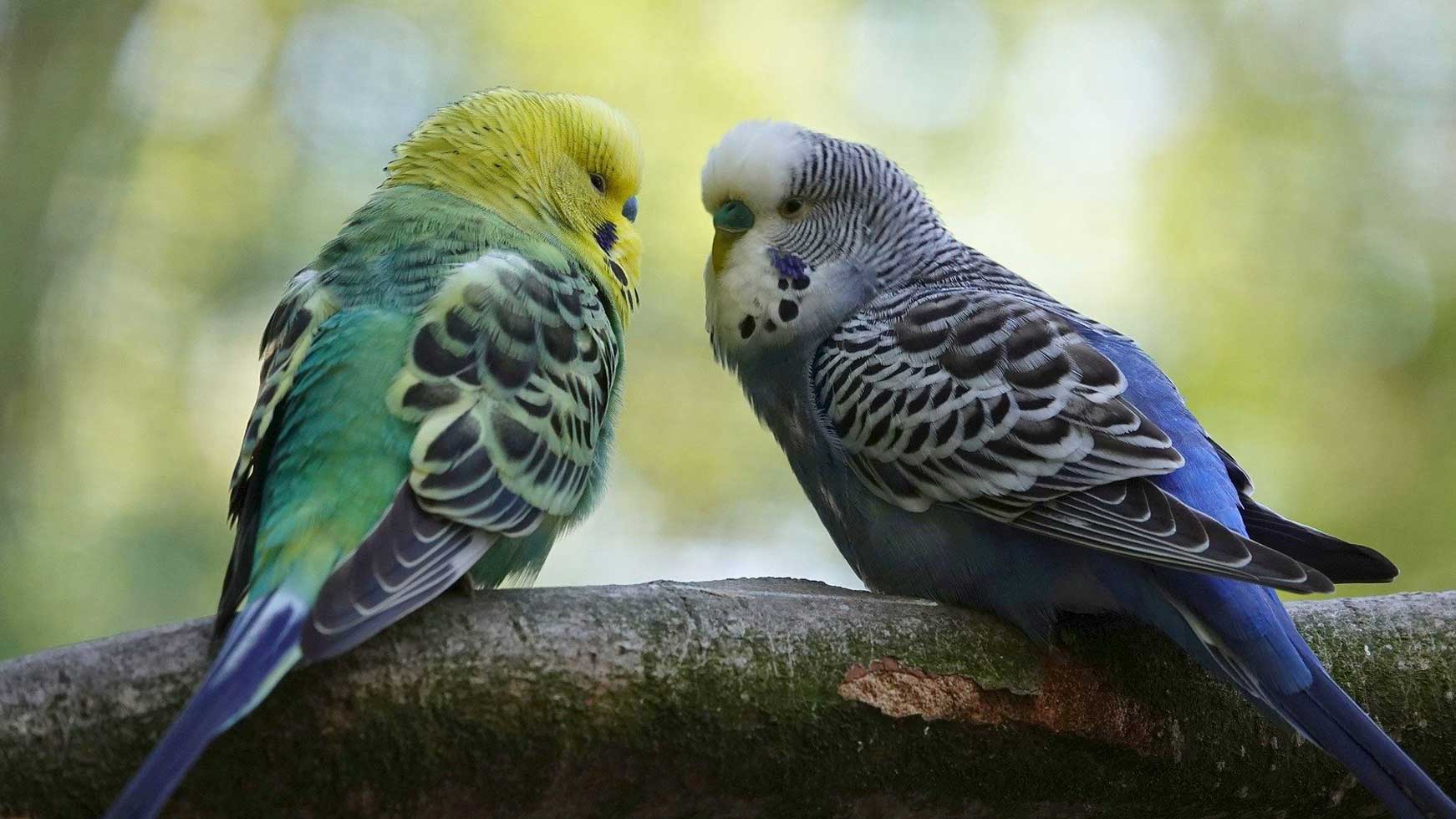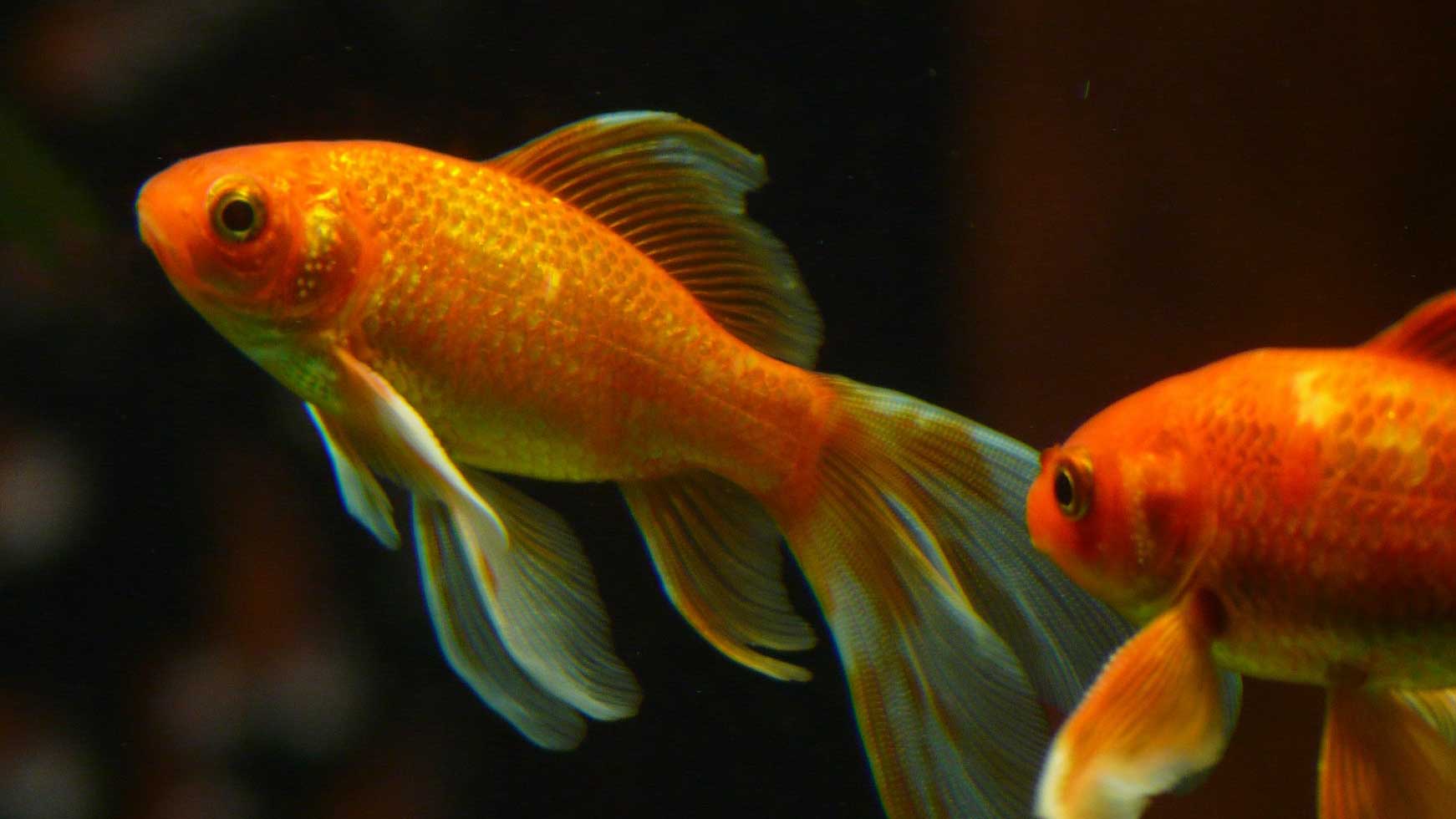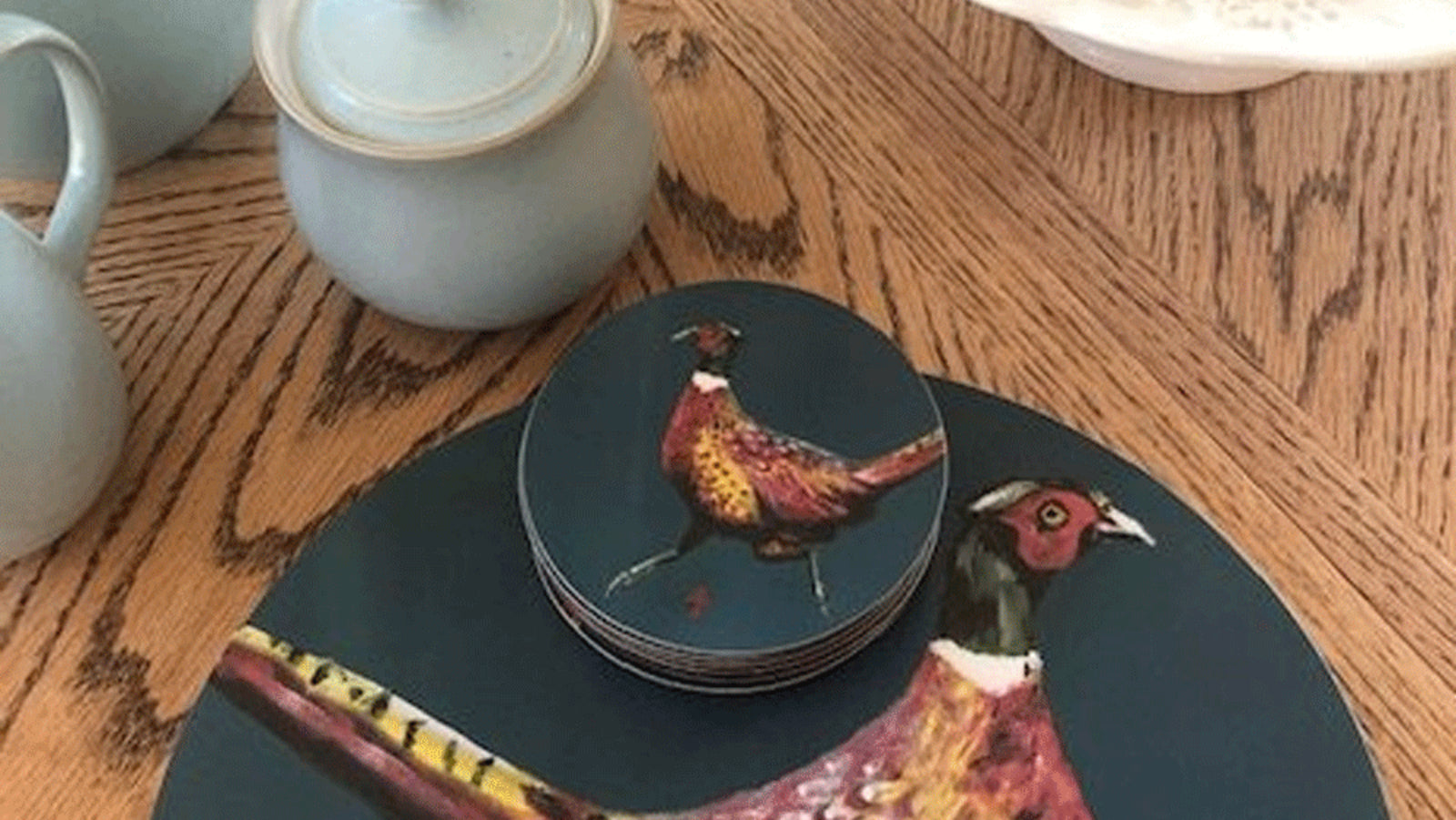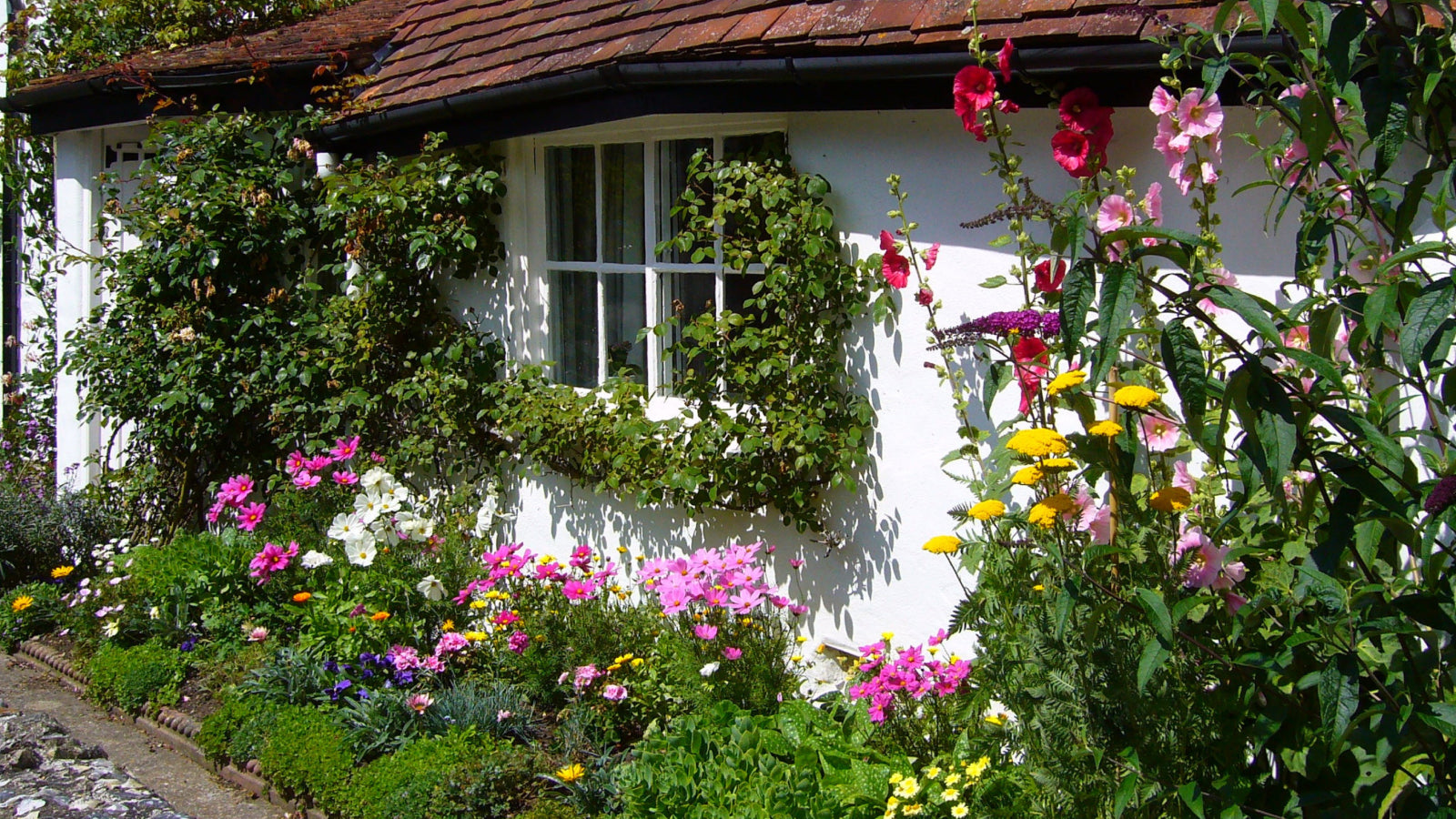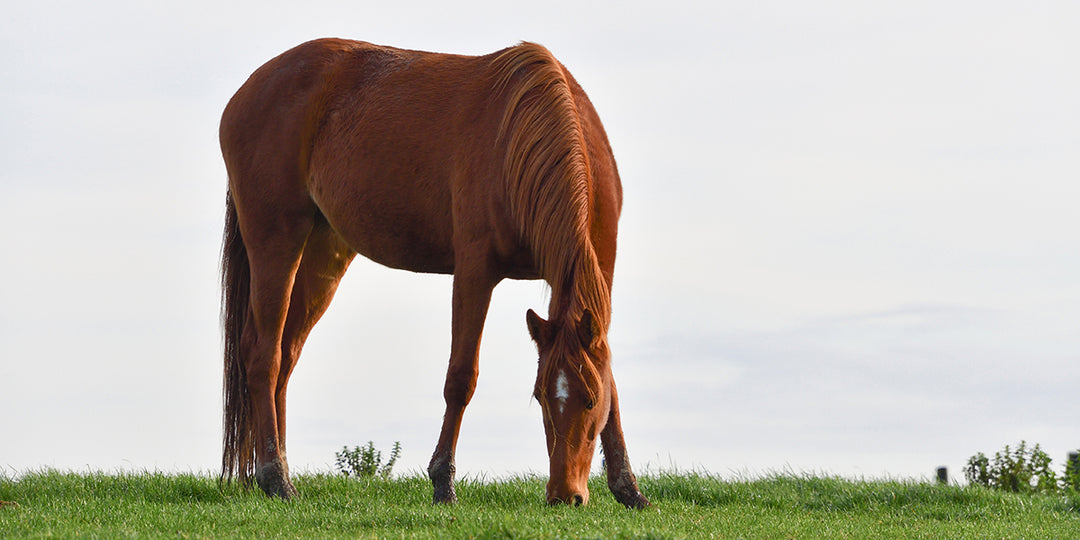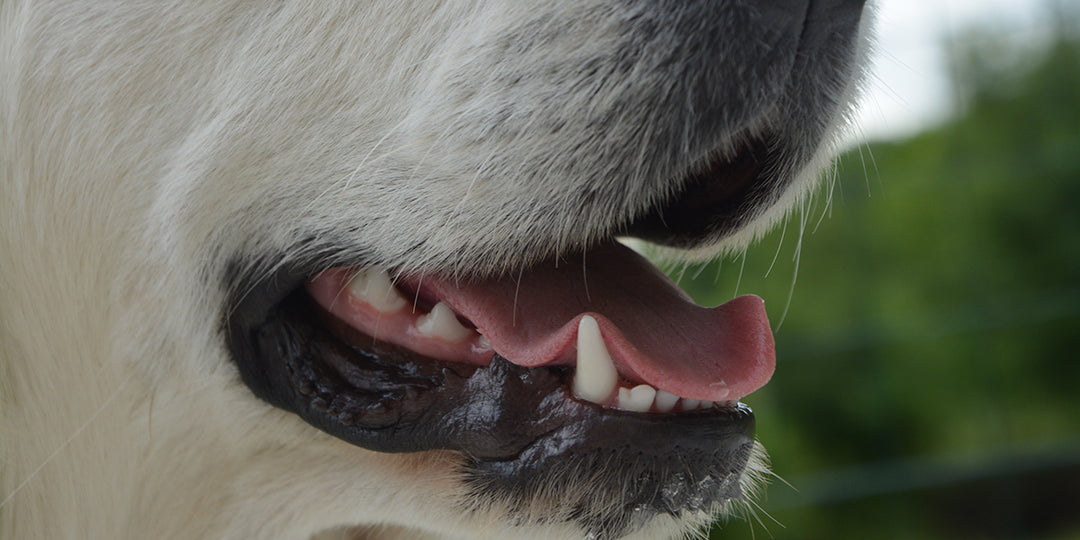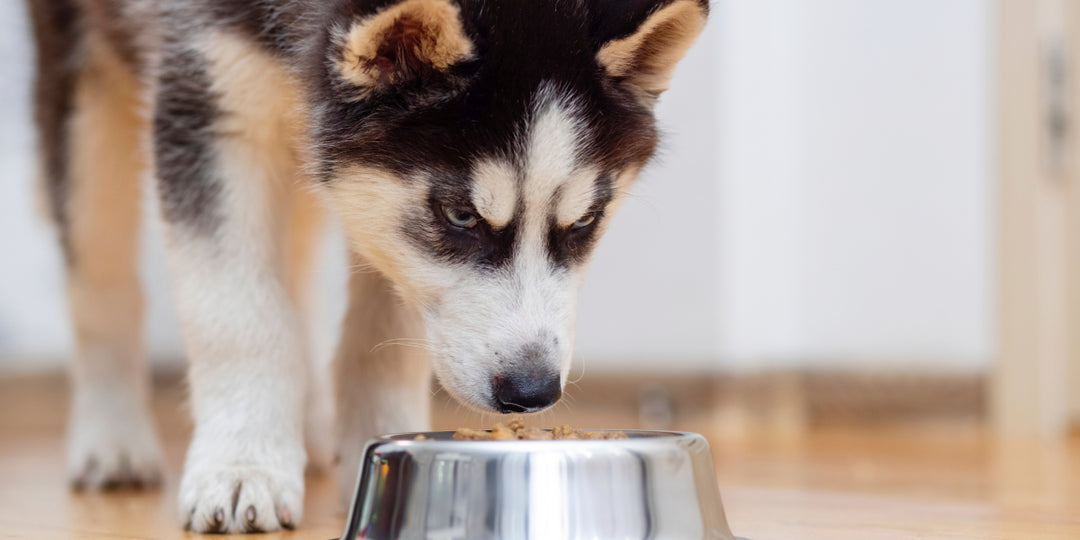Puzzled by Paddock Care? Our Agriculture team share their tips on horse paddock and field maintenance
The life span of an equine paddock depends on how it is looked after, regular soil aeration and fertiliser application. Application should be sufficient to keep the paddock in tip top condition. The more you look after your paddocks the more you will get out of them. Don’t wait until they look like a swamp before you do anything – following a paddock management plan will ensure your paddocks remain in the best possible condition all year round.

The Aim of a Paddock Management Plan?
- To provide a regular food supply.
- Freedom from weeds
- Freedom from parasites
Horse Paddocks Should Be:
1. Grazed adequately and not over grazed, allowing 1.5 acre per horse. This is of course easier said than done if you are managing a yard of horses or have limited land, however overgrazing rapidly depletes the grass growth as it doesn’t have the energy to regrow and also results in patches of soil, which encourages weeds.
2. Rotated allowing one paddock to rest at a time. Rotating the use of your paddocks to allow a period of rest for three to four weeks after heavy use will give the grass an opportunity to repair and rejuvenate. In addition it gives a great opportunity to carry out paddock maintenance, such as harrowing, topping off the rough areas if needed and treating weed infestation, during this rest period. Paddocks can also be rotated by use of different systems to benefit both the plant and animals e.g. Three year Plan, Strip Grazing , short term rotation.
3. Well drained. Good drainage reduces the damage caused by standing water and poaching. Ensure boundary ditches are checked and cleared regularly to prevent them from becoming overgrown or blocked by fallen trees or leaves. If possible, check the ditches beyond your boundary to make sure there is not a problem nearby that could be making water collect on your land.
4. Grass harrowed when required, it is advised to harrow before over- seeding. Chain harrowing opens the sward and removes dead grass for the introduction of your seed. In addition, harrowing will help level the rough potholed areas, stimulate the growth of grass, remove moss and weeds and spread droppings. If the area of grassland is too large to remove droppings by hand, harrowing and resting the field will also reduce the risk of worm infestation.
In addition it may be necessary to roll paddocks that have taken a battering over the winter. Timing for this is crucial, as the ground can’t be too wet but also not too dry. Poached land should be rolled around March/April once the ground is dry enough for a tractor to get on but still soft enough for ruts to be rolled out. If you roll a field when it is too wet the soil can become compacted, restricting and slowing down grass growth. If the land is too dry nothing will happen.
5. Regularly manure picked to avoid worm infestation. In addition, whilst collecting droppings is a chore, horses don’t eat where they poo or urinate, resulting in distinct “toilet” areas. Large areas of grazing can be lost this way if ongoing paddock maintenance is not undertaken. For tips on effective poo picking, read more in our article on Essential Paddock Care Tools >
6. Receive appropriate fertiliser application. It is necessary to provide good soil conditions for the grass to grow and to replace the nutrients which are lost through grazing, hay crops etc. You may also need to reseed areas which have been damaged or worn. Check gateways and fence lines as they can become particularly poached.
Poor Paddock Maintenance can lead to:
- Over grazing leading to inadequate grass thus resulting in nutritional deficiencies
- round compaction
- Worm infestation
- Weed growth
- Poor Drainage/ Muddy fields leading to conditions such as mud fever.
Fertiliser Application
It isn’t just the visual elements of your paddocks, such as fencing, the removal of droppings and poisonous plants that need monitoring. The nutrient levels below the surface are key to ensuring pastures remain in peak condition and provide adequate nutrition for your horses.
The most common problem with horse paddocks is a shortage of lime, not phosphorus and potassium. There are specific equine paddock fertilisers available which are specifically designed to address the required nutrient balance for equestrian grazing.
Re-seeding Horse Paddocks
To restore paddocks that have suffered due to poaching and ware, bare patches of ground should be reseeded in spring and autumn. Grass seed can be spread over isolated patches by hand and then raked over. When reseeding a paddock, specific equine mixes ensure long lasting cover and good nutritional value. All-purpose packs of seed for horse pasture are easy to use and are and economical for small areas.
If you are seeding large paddocks it may be beneficial to get a seed mix made especially for your land requirements. Armstrong Richardson’s Agricultural Department provide seed blends and will be happy to advise you.
A specialist Equine sward’s key features are:
- Hard Wearing
- Persistent
- Deep rooted
- High traction surface
- Dense growth
- Rejuvenated from damage
- Reduced poaching
- Palatable
Over- seeding is the most successful and economical way to improve horse paddocks that have open swards and damaged areas. Re-seed bare patches of ground in spring and autumn. Grass seed can be spread over isolated patches by hand and then raked over.

